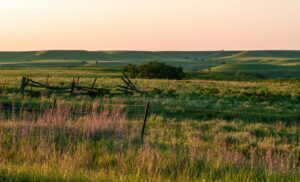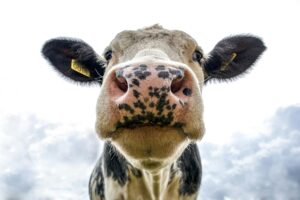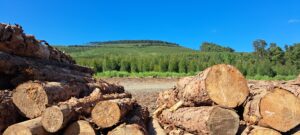
Planting trees in grasslands won’t save the planet – rather protect and restore forests
Why rangelands matter, and why misguided initiatives here do more harm than good …
Since we began compiling our agricultural publication a decade and a half ago we have watched the number of dairy farmers DROP! And Lacto Data records a 57% decrease since January 2011, when there were 2 686 dairy operations, to January 2020 when there were 1 164. Interestingly, the volumes of milk produced have increased
Lorem ipsum dolor sit amet, consectetur adipLimpopo records the largest percentage drop in dairy farmers which is in line with the trend of dairy operations increasingly being found in the coastal regions. This is less about cows being aspirant Stormers, Sharks and Bush Bucks supporters than higher production being possible from the pasture-based operations here. The Western Cape, KwaZulu-Natal and the Eastern Cape have the highest number of dairy farmers.iscing elit. Ut elit tellus, luctus nec ullamcorper mattis, pulvinar dapibus leo.
The South African secondary dairy industry is made up of (i) large processors who operate nationally, (ii) smaller processors who operate in specific areas, and (iii) producer distributors (PDs), milk producers who sell their own produce to retailers and consumers. The numbers here have also been dropping. The first two categories decreased by 30% from January 2009 to March 2020, and PD numbers dropped by 60% over the same period.
The smallest province in South Africa has the highest numbers of milk processors and PDs, 39 and 15 respectively (the Western Cape has 33 and 12). This is obviously a case of being closer to your market, Gauteng having the highest population figures.
South Africa imported 75 600 tonnes and exported 45 100 tonnes of dairy products in 2019. Imports were mostly whey (29%), milk powder (24%) and milk and cream (24%). Exports were mostly milk and cream (45%), and butter and yoghurt (24%). The top exporters are the EU, New Zealand and Australia.
Lacto Data notes that for the second year in a row, it has been Asia and other emerging dairy regions that cause an increase of global milk production. Milk production in the EU, Oceania and the US was “unimpressive”.
On a global note, another point of interest is that buffalo milk and goat’s milk have a much higher growth rate than cow’s milk. This points to a growing market for milk from other animals.
Photo by cottonbro from Pexels.
Relevant pages on the AgribookDigital website include:

Why rangelands matter, and why misguided initiatives here do more harm than good …

Nitish Boodhoo, University of Guelph The confirmed presence of bird flu in American dairy cattle in a March 25 report from the U.S. Department of

Press release While life without plastic might be hard to imagine, there is a renewable, recyclable and sustainable alternative to single-use plastics and many other